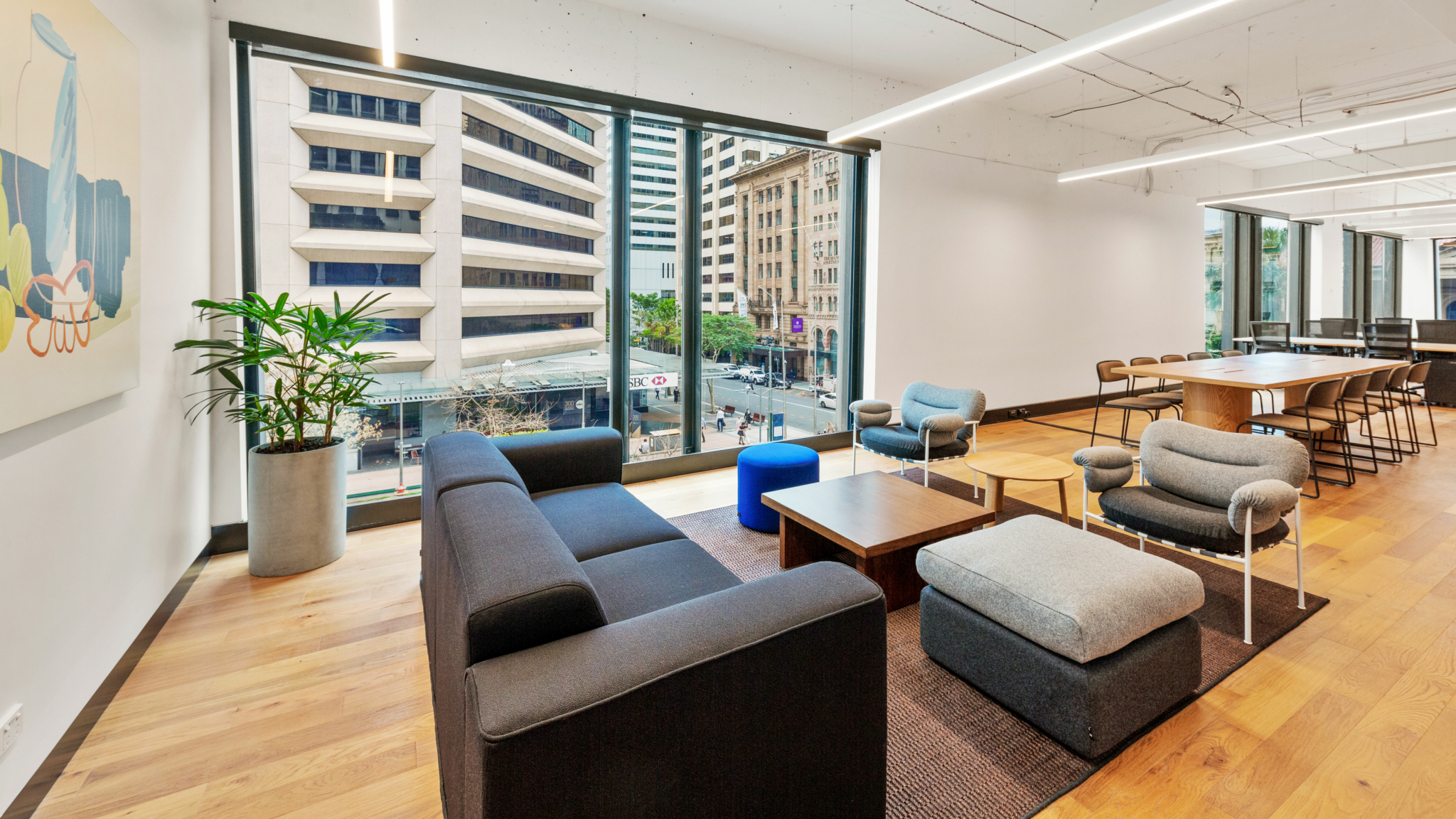What is Commercial Real Estate?
Whether you’re looking to invest in commercial real estate (CRE) or you’re trying to get the best deal on a lease, knowing the basics of commercial real estate will help you make the smartest choices.
So let’s start with a definition: Just what is commercial real estate? Commercial real estate—which can also be defined as commercial property—refers to any real estate used exclusively for business purposes. CRE is all around us, from the tiniest mom-and-pop restaurant to the biggest office building.
It’s a broad category of real estate, and it’s necessary for nearly any business venture. While investors may buy or sell commercial real estate, more often it’s leased to individual business owners. Stores and restaurants might lease space in shopping centers, and businesses might lease office space or warehouse spaces.
There’s a lot to know about the commercial real estate industry. Let’s take a look at the different types of CRE, how it’s leased, how it’s managed, and how to invest in it.
Types of commercial real estate
Commercial real estate is a large category that covers many different types of commercial buildings, and it can be broken down into four subcategories.
Office space

Office buildings include everything from suburban office parks to urban skyscrapers. Office space rentals may rely on leasing a single-room office for a startup or an entire floor (or even a whole building) for a larger business.
Industrial
This type of commercial property includes warehouses, distribution centers, and manufacturing facilities. Some types of property, like warehouses, are easy to market to any potential tenant, while others, such as manufacturing facilities, may be highly specialized for a current tenant and difficult to repurpose when that tenant leaves.
Retail

This includes traditional malls and shopping centers, which contain multiple retail tenants, as well as restaurants.
Multifamily
These are residential properties primarily designed to generate income. They can include duplexes, condos, and apartment complexes rented out to numerous individual tenants.
There are many other types of commercial buildings—hotels, healthcare facilities, and land to name a few—but the above are the most common types.
You will often also find properties such as office buildings and multifamily units listed as class A, class B, or class C, which describes the quality of the building. While you’ll still want to carefully review everything a property has to offer your business, these classifications give you an at-a-glance look at what the property is like.
- Class A real estate: Class A properties are well-made, well-maintained, and typically new (or recently renovated) buildings with modern building systems designed for the health and safety of their occupants. This is the most desirable type of commercial real estate, and it’s typically located in the most desirable parts of a city.
- Class B real estate: These properties aren’t as good as class A, but they’re still pretty good. They may be in less desirable areas or be older buildings without as many updates.
- Class C real estate: These properties are likely to be fixer-uppers. Though you’ll probably find them for a good price, class C properties are likely older buildings with few modern updates, located well outside the most popular locations.
Types of commercial property leases
When you’re shopping for a commercial building for rent, you’re not just looking for the right property—you’re looking for the right lease. Whether you want to rent office space or industrial real estate, it’s crucial to know how commercial leases work.
Different types of commercial leases imply different financial responsibilities for the landlord and the tenant, which can have a big impact on what you can afford.
Gross lease (full-service lease)
In this type of lease, the tenant is only responsible for a fixed rent amount, while the landlord covers most other expenses, like property taxes, property insurance, and maintenance costs. Exactly what is included in these other expenses can vary, and may also include utilities. Because the landlord is covering so many expenses with a gross lease, the base rent the tenant pays will be relatively higher.
Net lease
Net leases involve the landlord and the tenant splitting property expenses. There are several types of net leases. Which expenses each party is responsible for depends on the type of lease.
- Single net lease (N lease): Tenants pay a fixed rent plus property taxes.
- Double net lease (NN lease): Tenants pay a fixed rent plus property insurance and property taxes.
- Triple net lease (NNN lease): Tenants pay a fixed rent plus maintenance costs, property insurance, and property taxes. Because the tenant is covering so many expenses, the base rent is usually lower.
Modified gross lease (modified net lease)
Think of this type as a hybrid of a gross lease and a net lease in which the landlord and tenant agree on how to split their costs. This flexible lease is popular because it can easily adapt to the specific needs of both landlords and tenants. You need to read the lease carefully to be absolutely sure which costs you will be responsible for.
Percentage lease
These leases have a base rent rate, and then tenants pay a percentage of their gross income on top of that. They’re common in the retail and restaurant industries and can help tenants by keeping rents low in slower months.
Some percentage leases may purely charge a percentage of gross income without a base rent—particularly for short-term leases. In these cases, expect the percentage to be fairly high.
Managing commercial real estate
A commercial real estate deal doesn’t end with signing a lease agreement: Managing the property is crucial to long-term success. Poorly run or poorly maintained property is less likely to attract and keep tenants, and it won’t garner high rents.
Whether you’re trying to manage your own property, invest in a property, or lease a property, how well the property is managed tells you a lot about it. Looking at how the property is maintained and how tenants are treated can help you make an informed decision.
Types of commercial real estate investments
If you’re planning to invest in commercial real estate, there are two ways to do it: direct investment and indirect investment. The one that is right for you depends on how much money you have to invest and how much time and money you want to spend managing your investment.
Direct investment
When you make a direct investment in commercial real estate, you’re buying a property or a stake in a property. This can be highly profitable, but you can expect to make a significant up-front investment and to shoulder ongoing maintenance costs to ensure your property is desirable.
Direct investment can also be very hands-on, requiring you to put time into property management to get the best returns. If you want to be a little more hands-off, you can always outsource that responsibility to a top-notch property management company.
Indirect investment
Instead of buying a property directly, you can invest in a real estate investment trust (REIT) or a similar fund, which are sort of like mutual funds for real estate. The REIT owns and operates multiple CRE properties, and passes a percentage of the income back to investors.
It’s an easy, hands-off way to invest. With indirect investment, your up-front costs are low and you aren’t responsible for any property management. However, returns won’t be as lucrative as they would be with a direct investment.
As with any investment, you’ll need to make some intelligent decisions, because REITs—particularly those focused on a specific industry or region—can be subject to economic fluctuation. Pick real estate funds that are likely to grow, in order to make the most of your investment.
Commercial real estate can be a valuable part of your investment portfolio—as long as you’re willing to spend the time required to pick good properties and make sure they’re well managed.
Finding commercial real estate with WeWork
Locating the ideal office space can be tricky. With WeWork, you don’t have to worry about finding the perfect number of square feet or building out a space. Instead, you’ll find flexible real estate options that are just right for your team.

No matter your team size, you’ll find a range of offices that are perfect for your business, so you aren’t cramming your team into a space that’s too small or paying more for a space that’s too large. With beautiful, professionally managed spaces that feature tons of amenities, you can focus on growing your business.
Elizabeth Harper is a writer and editor based in Austin, Texas. She’s the editorial director of entertainment site Blizzard Watch and covers consumer technology, personal finance, and entertainment all over the internet.
Rethinking your workspace?








